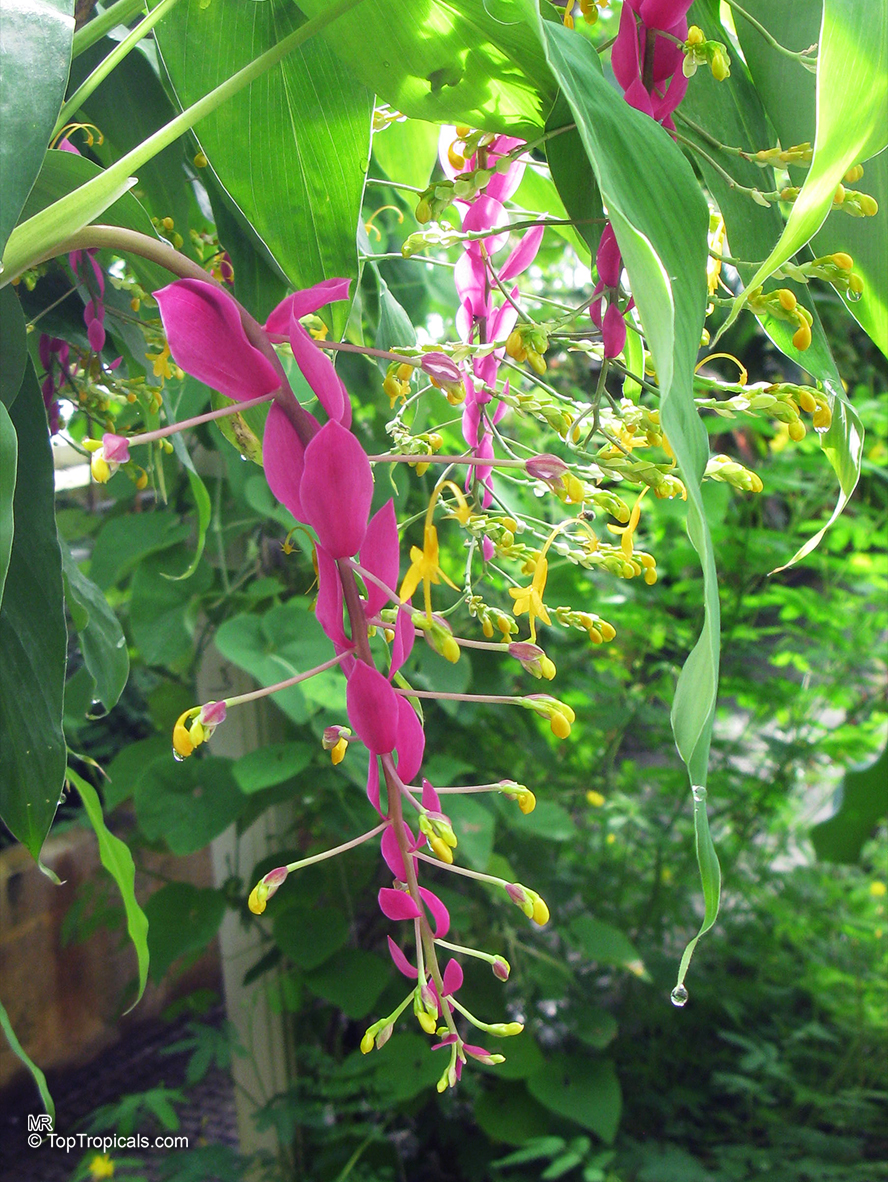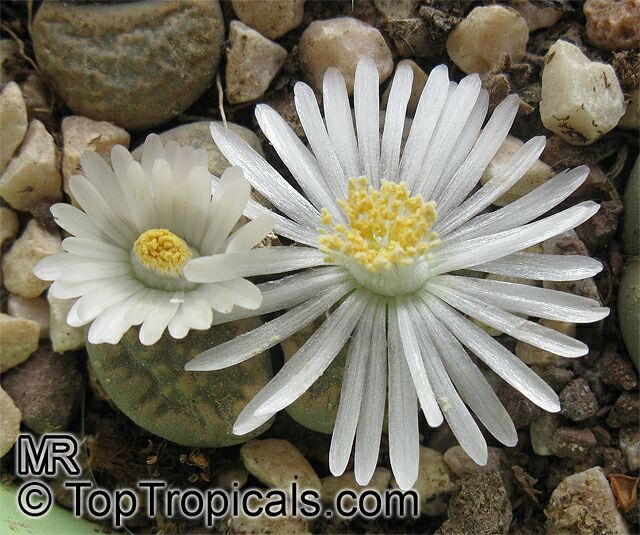Introduction
Plants across our world display natural characteristics that seem beyond what should exist. Plants exist that both catch and consume animals live centuries and even move under their power. Scientists and botanists remain fascinated by these rare plants because they stretch the limits of our normal understanding of nature.
This article examines ten plants from around the globe whose unique qualities remain unexplained.
10. The Corpse Flower (Amorphophallus titanum)
Location: Sumatra, Indonesia
Table of Contents
Why It’s Mysterious:
- This plant grows the largest flower ever discovered which can measure up to 3 meters in height.
- The plant produces a sickening odor of decayed meat which interests carrion flies for pollination activities.
- The flower blooms very rarely, sometimes only once every 7–10 years.
Fun Fact:
The foul odor of corpse flowers can be detected at half a mile without difficulty.
9. The Dancing Plant (Codariocalyx motorius)
Location: India, China, Southeast Asia
Why It’s Mysterious:
- The plant’s organic motion takes place regardless of wind presence.
- The plant spins its leaves in regular dancing movements.
- Scientists have recorded that this plant reacts to environmental sound waves and sunlight.
Fun Fact:
The famous scientist Charles Darwin studied the unique plant movements that attracted his attention.

8. The Ghost Orchid (Dendrophylax lindenii)
Location: Florida, Cuba, The Bahamas
Why It’s Mysterious:
- One of the rarest and most elusive flowers in the world.
- Since this plant lacks leaves and grows into the tree bark it remains difficult to spot.
- Blooms only under specific conditions, often at night.
Fun Fact:
The Ghost Orchid gained recognition through its appearances in The Orchid Thief and Adaptation.
7. The Resurrection Plant (Selaginella lepidophylla)
Location: Deserts of North America and Mexico
Why It’s Mysterious:
- A plant named Selaginella lepidophylla stays alive for multiple years though it shows no signs of life.
- After contact with moisture, it becomes alive again within several hours.
- The plant’s power to return to life when wet has given it the name “The Rose of Jericho.”
Fun Fact:
People have long employed this plant in traditional medical practice to cure colds and fevers.

6. The Venus Flytrap (Dionaea muscipula)
Location: Southeastern USA
Why It’s Mysterious:
- Among only a few plant species that capture their prey as food.
- The plant tightly closes its trap instantaneously when insects enter its waiting area.
- The plant measures its touch movements to prevent accidental close-ups.
Fun Fact:
The Venus flytrap breaks down its caught prey in the same way as human stomach enzymes.
5. The Monkey Face Orchid (Dracula simia)
Location: Ecuador, Peru, Colombia
Why It’s Mysterious:
- Its blooms display the facial characteristics of a monkey.
- These plants can survive only on the mountain top cloud forests which makes them difficult to find.
- The plant produces a scent that reminds people of fresh orange ripeness.
Fun Fact:
The plant receives its Dracula name because its petals resemble bat wings.

4. The Living Stone Plant (Lithops spp.)
Location: South Africa, Namibia
Why It’s Mysterious:
- The plants imitate stones perfectly which protects them from animal predators.
- Living Stone plants keep water for long periods making them excellent for desert survival.
- The whole plant serves as leaves with no detectable stem structure.
Fun Fact:
At blooming time Lithops surprise people by opening yellow or white flowers from their stone-like appearance.

3. The Dragon’s Blood Tree (Dracaena cinnabari)
Location: Socotra Island, Yemen
Why It’s Mysterious:
- The plant directs water toward its upper roots through its umbrella-shaped growth pattern to handle desert living conditions.
- Cutting the plant produces red sap called “Dragon’s Blood.”
- Researchers have applied red sap for medical and magical remedies through various generations.
Fun Fact:
Many past societies thought Dragon’s Blood sap contained magical healing treatments.
2. The Suicide Palm (Tahina spectabilis)
Location: Madagascar
Why It’s Mysterious:
- After decades of growth, this palm tree suddenly bursts into a massive floral eruption.
- It has one of the most peculiar life cycles among plants because it dies right after blossoming.
- Despite being a massive tree, it wasn’t discovered until 2008.
Fun Fact:
This tree ensures its survival before it dies by producing tens of millions of seeds in a single bloom!
1. The Rafflesia arnoldii, or corpse lily
Where: Malaysia and Indonesia
The Reason It’s Mysterious
- The world’s largest single bloom, reaching a width of up to 3 feet (1 meter).
- has no stem, roots, or leaves; it is a parasite that only exists inside other plants.
- attracts flies for pollination by emitting a decaying flesh-like smell.
Fun Fact:
The corpse lily is an Indonesian national symbol, despite its awful stench!

In conclusion
These ten enigmatic plants demonstrate how full of strange and astounding surprises nature is. Each of these plants has developed special characteristics to live and flourish in the wild, whether they imitate stones, consume insects, or have a corpse-like odor.
Top 10 Lists of the people, things, places, most expensive, animals, most popular, luxury and high rankings of world. World's Top Insider focuses on the top ten lists of best, greatest and top rankings in the world.




